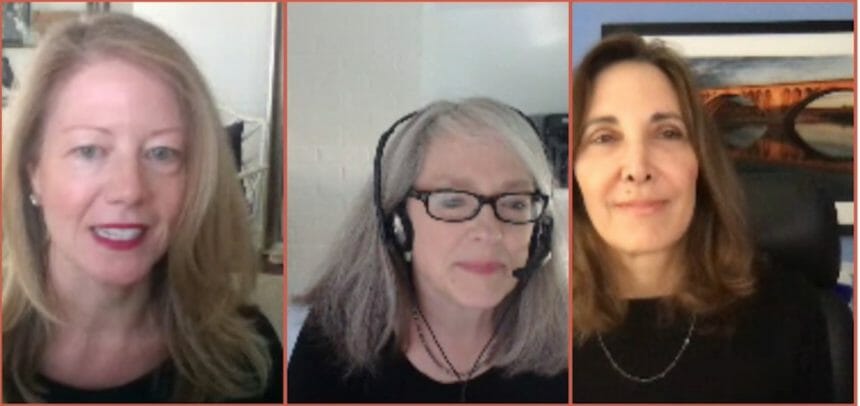
COVID-19 found aging services providers in the trenches battling negative narratives. Countering those messages, however, industry professionals collectively became the “mouse that roared,” according to speakers Wednesday during a session at the LeadingAge Annual Meeting Virtual Experience.
Susan Donley, senior vice president of marketing and communications at LeadingAge, used that analogy from a column published by McKnight’s Long-Term Care News, the sister brand of McKnight’s Senior Living, as a starting point to share lessons learned about framing conversations during the coronavirus pandemic.
“In this extraordinary situation of this pandemic, we absolutely needed to be sure officials and the public understood the challenges our members were facing in order to get us what we needed,” Donley said. “Fighting loudly is how we ensure LeadingAge is at the table to represent your needs. We became the mouse that roared. We’re here to tell you that you can be a roaring mouse.”
Message matters
Messages have to be calibrated to goals, said Julie Anbender, principal at Ward Circle Strategies, a Washington, D.C.-based consulting firm used by the association. She and other panelists used LeadingAge’s actions as an example that individual providers can follow.
For LeadingAge, Anbender said, the foundational message was “older lives are not expendable.” From there, the team framed the crisis and explained the industry’s needs.
The association communicated that the situation was dire and unsustainable for providers, with needs for a coordinated federal plan, personal protective equipment, testing and funding for staff and supplies.
“People really did get a sense there was a real crisis and the nursing home community was not not, in fact, to blame, and a huge number of resources and support was needed from the government and external players,” Anbender said. LeadingAge advocated on behalf of senior living and other types of providers on the long-term continuum as well.
In framing the messages, data are essential. Donley said: “Back up what you’re saying. Bring the receipts, the real data and proof points.”
Lisa Sanders, media relations director at LeadingAge, said having the proof points to back up a broader message is important.
“If you’re in command of the data, you have something the reporter values,” she said. “You become a source they will go to again and again. As the pandemic continued, being relied upon as a source can be a valuable connection to make with the media.”
Once the message is set, it’s time to tell stories. Sanders used the example of defective PPE, saying LeadingAge gathered examples from members about faulty gowns and masks and used those examples to prove that a problem existed, and that fact garnered attention.
Making news
Anbender suggested holding press conferences, contacting editorial boards and creating a “media toolbox” that includes statements and news releases, fact sheets and backgrounders, letters to the editor and government officials, opinion pieces and social media posts to drive the story.
Consider repackaging work already done to drive the story, she advised.
Building trust
Building trust, sharing information and being responsive are crucial actions necessary to becoming a trusted source and elevating a brand, which helps shape the perception of aging services, Sanders said.
“It’s important to remember: reporters are part of your constituency,” Donley said. “They are a stakeholder, and you need to consider them.”
Coordinating with allies and preparing for misconceptions and “ageism” are other lessons the panel shared. Sanders said a lack of understanding and knowledge exists, overall, about aging services. Coverage, she said, often focuses on “when bad things happen,” so it’s important to provide background.
“Set your goals and nail those messages. Find different ways to express those messages,” Donley said. “Telling stories and delivering data brings those stories to life.
“This takes trial and error. It’s not a science. It’s rigorous attention and a little bit of luck.”
The meeting continues today as well as Tuesday through Thursday next week.




